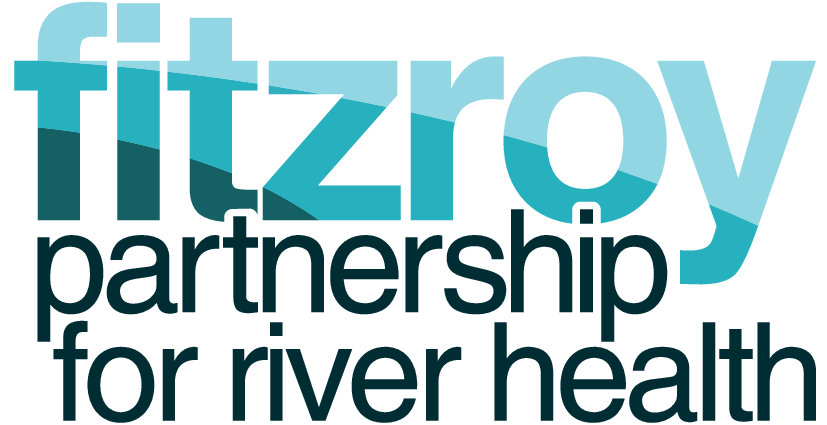Additional Information
- Rainfall
- Ground Cover
- Groundwater
- Eco Calculation
- Fish
- Fish Barriers
- Floods
- Land Use
- Marine Condition
- Pesticides
- Reef Check
Eco Calculation
| Level of connection | ||||
|---|---|---|---|---|
Very Frequently | Frequently | Intermittently | Infrequently | |
| Recharge discharge processes | ||||
| Detains water | ||||
| Flood mitigation | ||||
| Potentially connects aquatic ecosystems | ||||
| Regulates waterflow - groundwater | ||||
| Regulates waterflow - overland flows | ||||
| Physical Processes (Sediments) | ||||
| Trap fine sediments | ||||
| Retain fine sediments | ||||
| Releases fine sediments slowly | ||||
| Trap coarse sediments | ||||
| Retain coarse sediments | ||||
| Releases coarse sediment slowly | ||||
| Transports material for coastal processes | ||||
| Sediments, Nutrients, Chemical | ||||
| Debris, DOM and rock | ||||
| Biogeochemical processes | ||||
| Primary production | ||||
| Secondary production | ||||
| Source of (N,P) | ||||
| Uptakes nutrients | ||||
| Regulates nutrients | ||||
| Carbon source | ||||
| Sequestors carbon | ||||
| Regulates carbon | ||||
| Source DOM | ||||
| Salinity regulation | ||||
| Regulates temperature | ||||
| Biological Processes | ||||
| Habitat refugia for aquatic spp | ||||
| Habitat for terrestrial spp connections reef | ||||
| Food source | ||||
| Habitat ecologically important for animals | ||||
| Replenishment ecosystems colonisation | ||||
| Pathway migratory fish | ||||
| Pollination | ||||
| Habitat contributes sign recruitment | ||||
Eco Calculation
The Ecological Processes Calculator (Eco-Calculator) is a tool for assessing the changes to ecological processes provided by coastal ecosystems, that support the health and resilience of the Great Barrier Reef.
The calculator scores the current capacity of ecosystem services, per catchment, against that of pre-European condition. When combined with the Blue Maps tool, the calculator can be used to forecast the impacts of improved practices on ecological processes, as a tool for restoration planning.
Ecological processes provided by coastal ecosystems are critical for the long-term health and resilience of the Great Barrier Reef. Ecological processes include biological, biogeochemical and physical processes. For example, coastal ecosystems such as wetlands trap water, allowing biofilms and aquatic algae to grow and assimilate heavy metals.
They also allow sediments to settle and nutrients to be cycled. Wetlands slow down the velocity of overland flows, allowing greater groundwater recharge and more residual time for ecological processes to occur. They are important habitats and refugia for species connected to the Reef.

